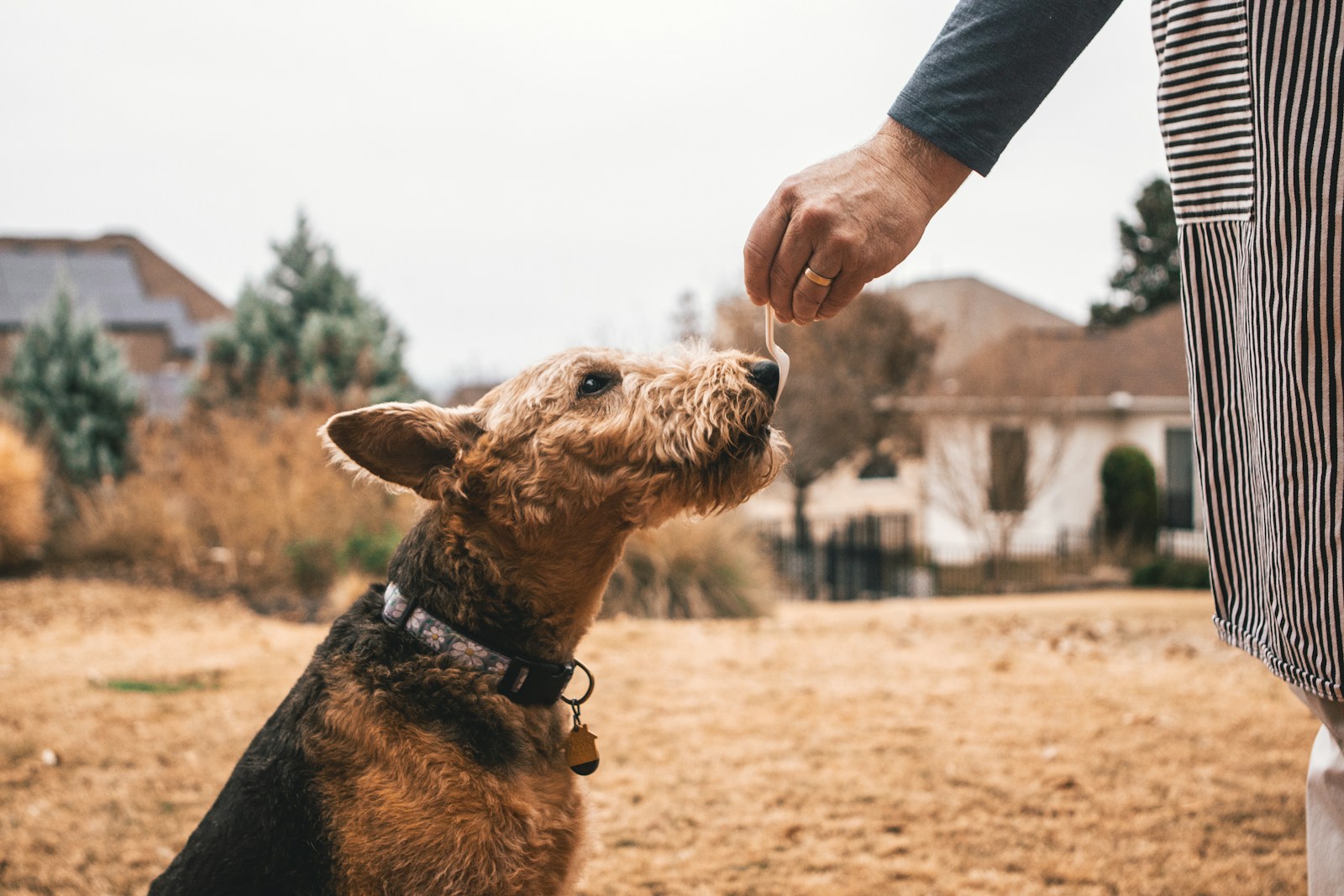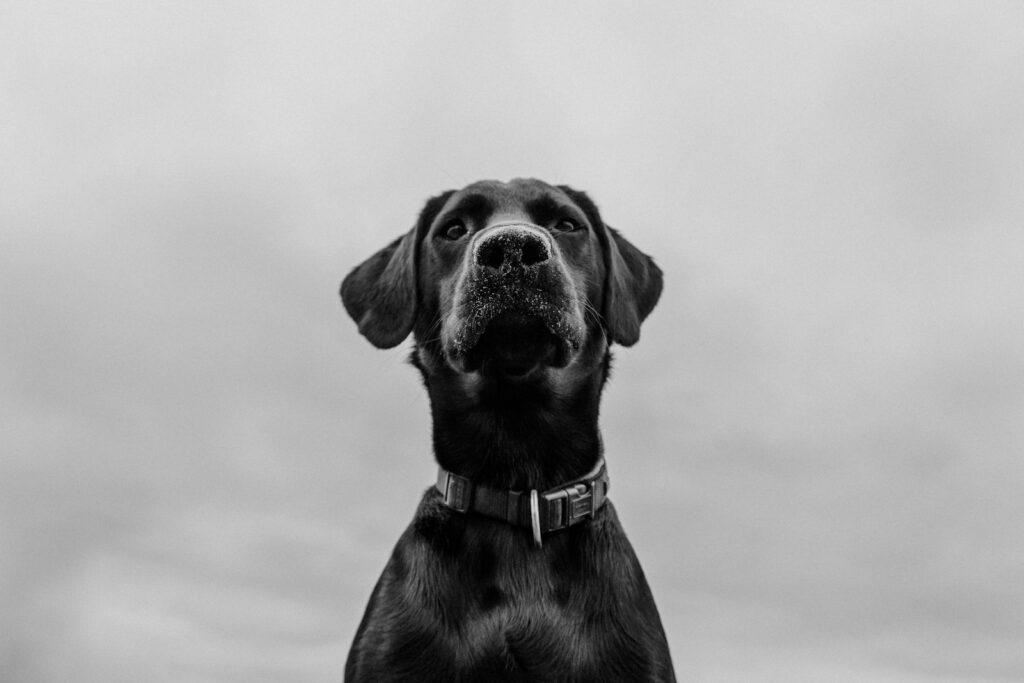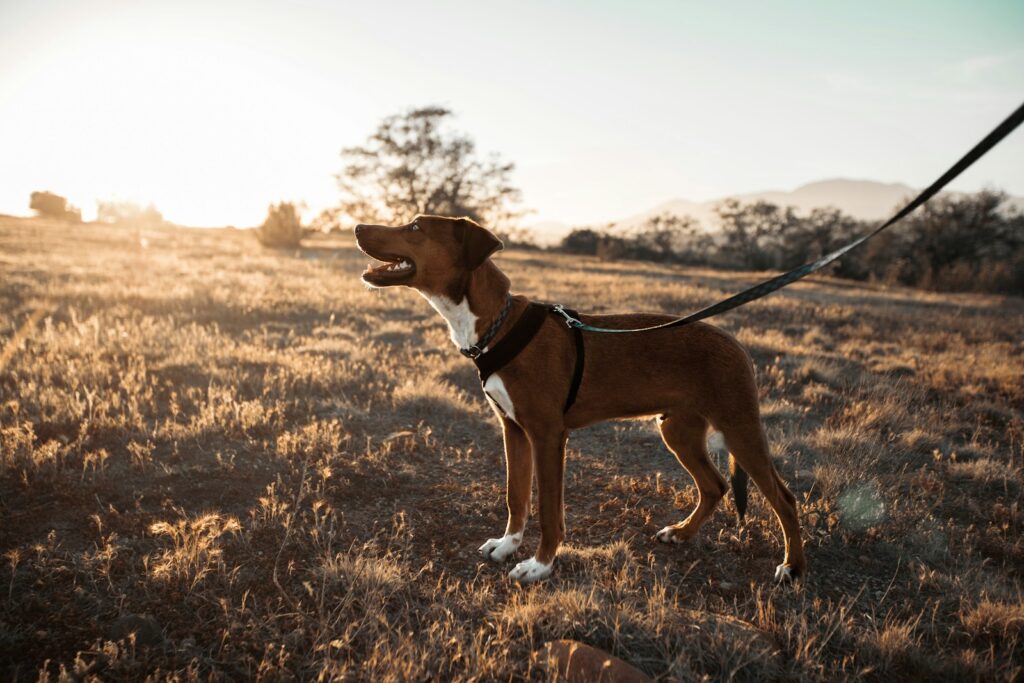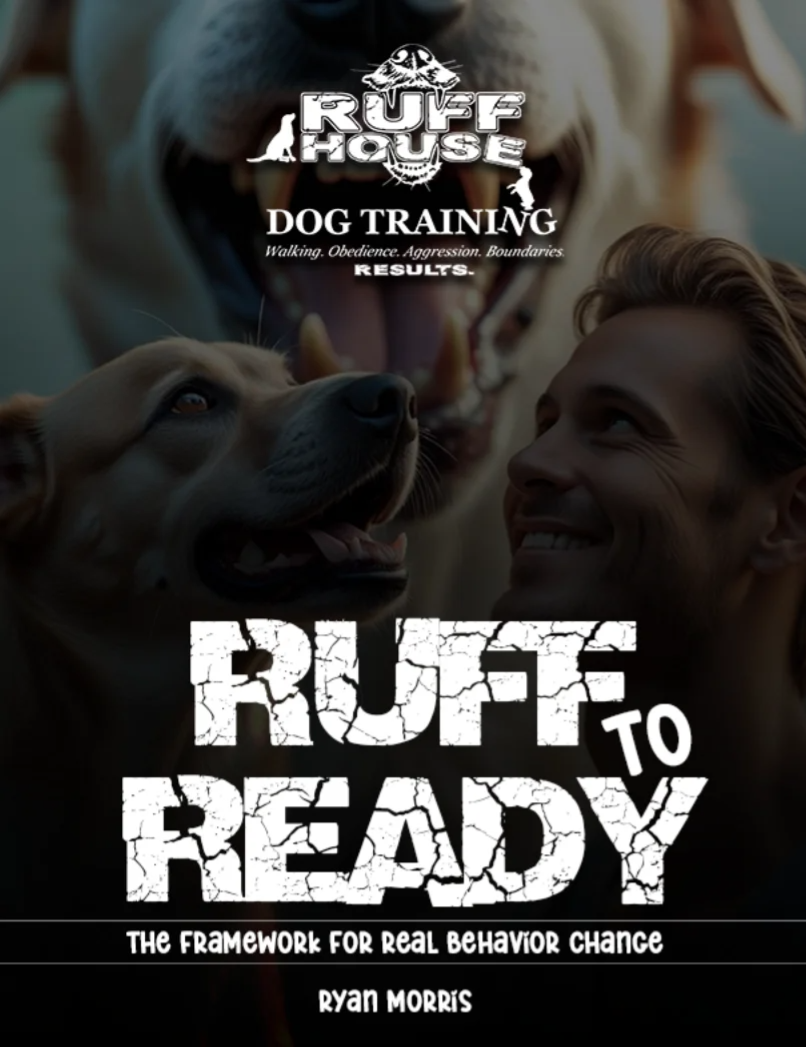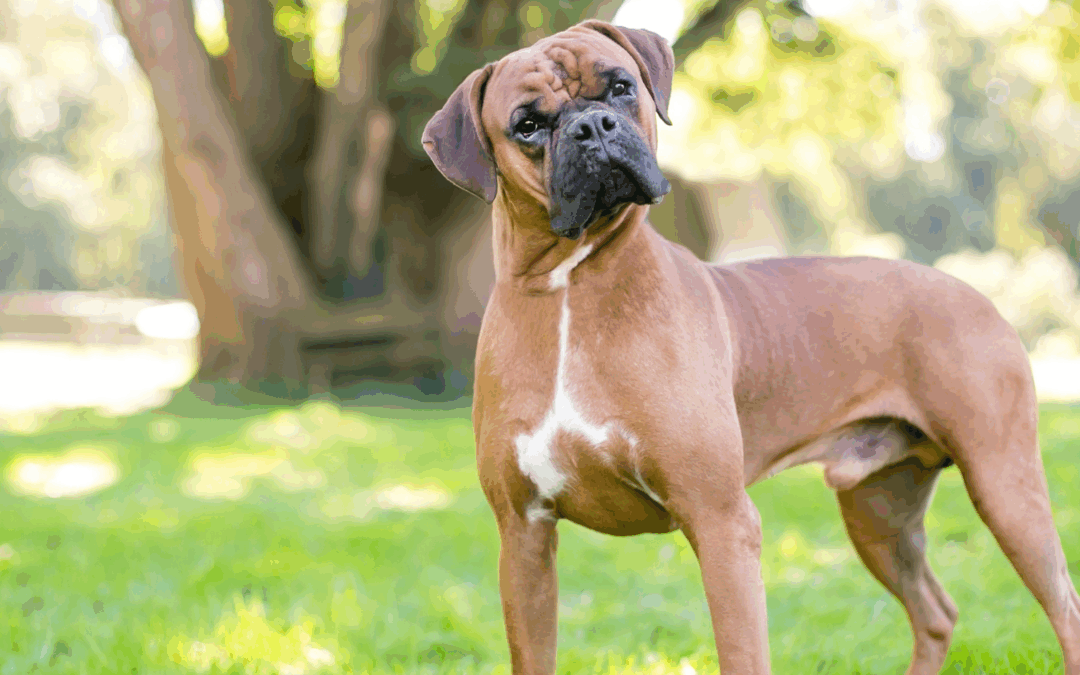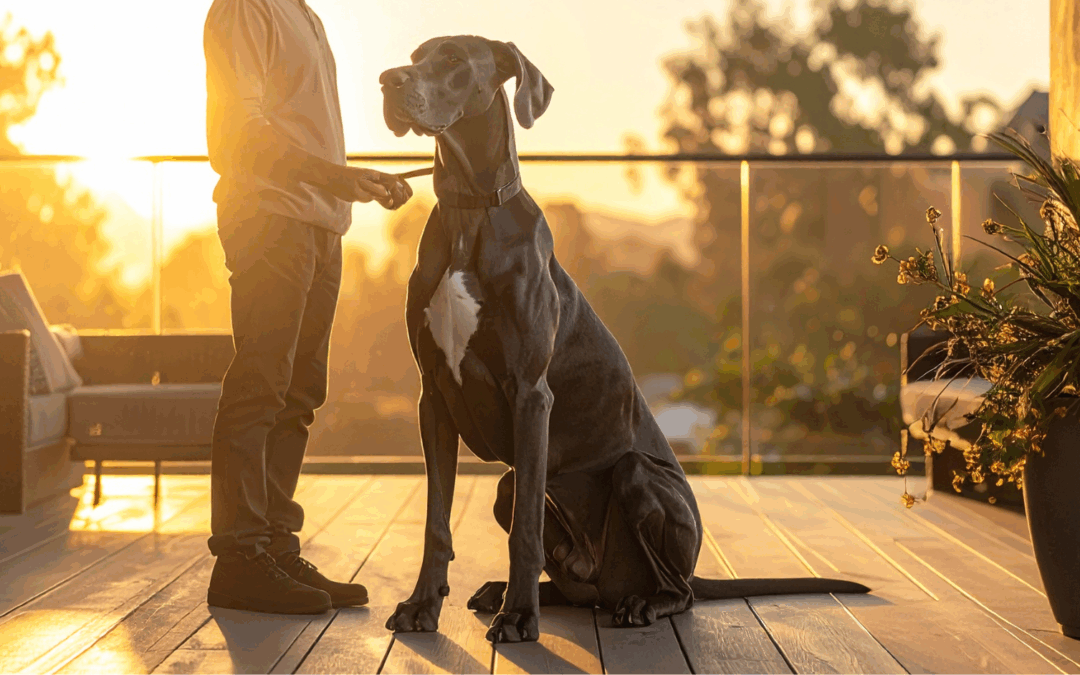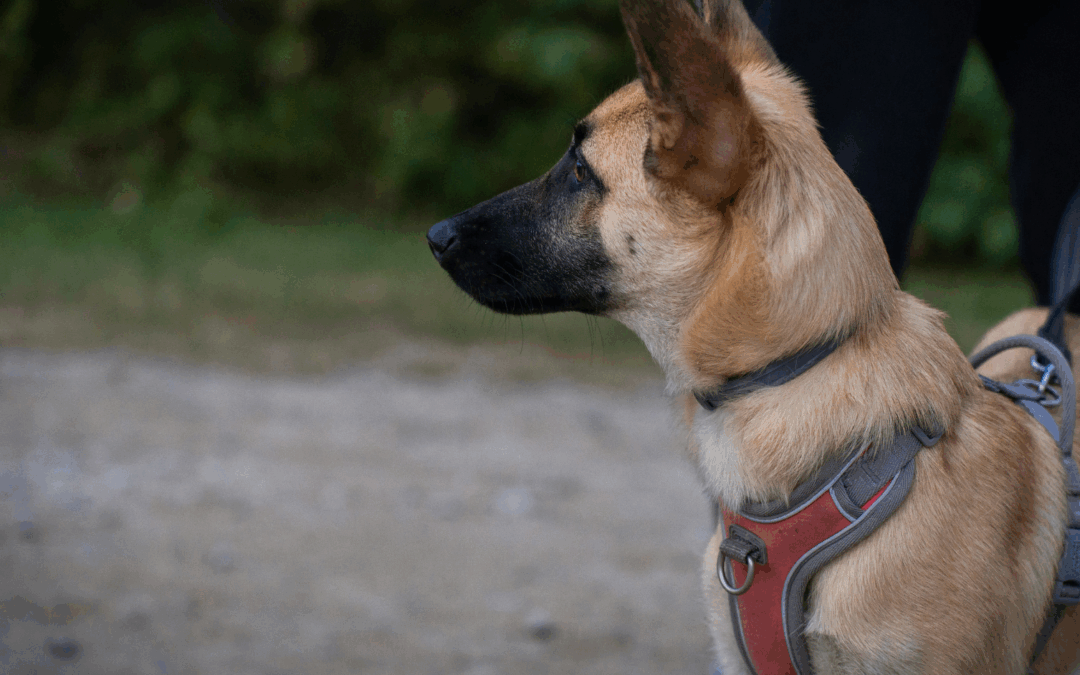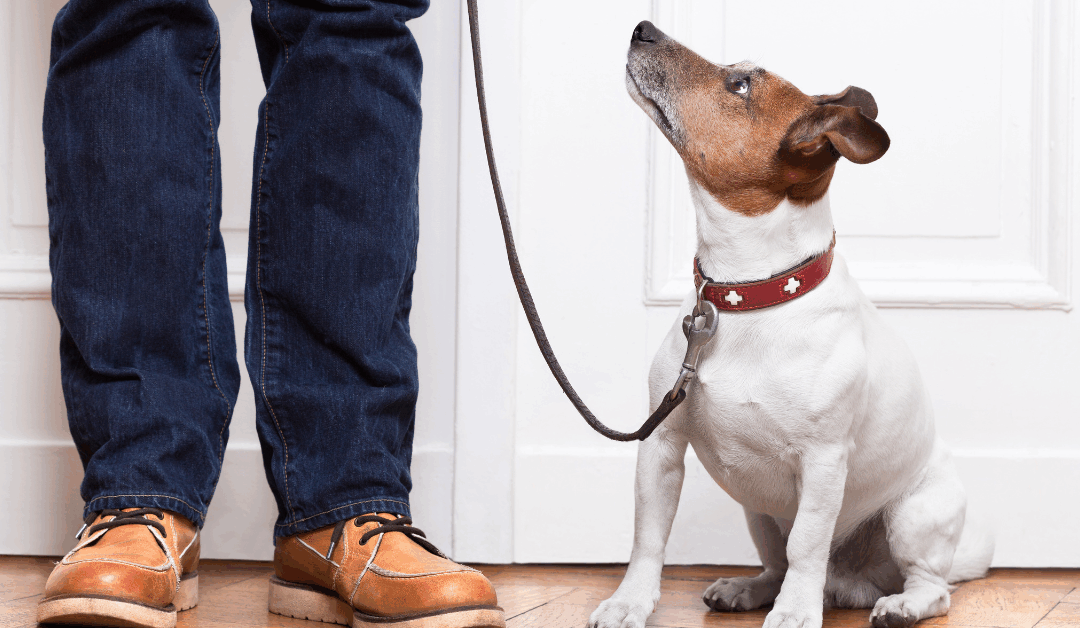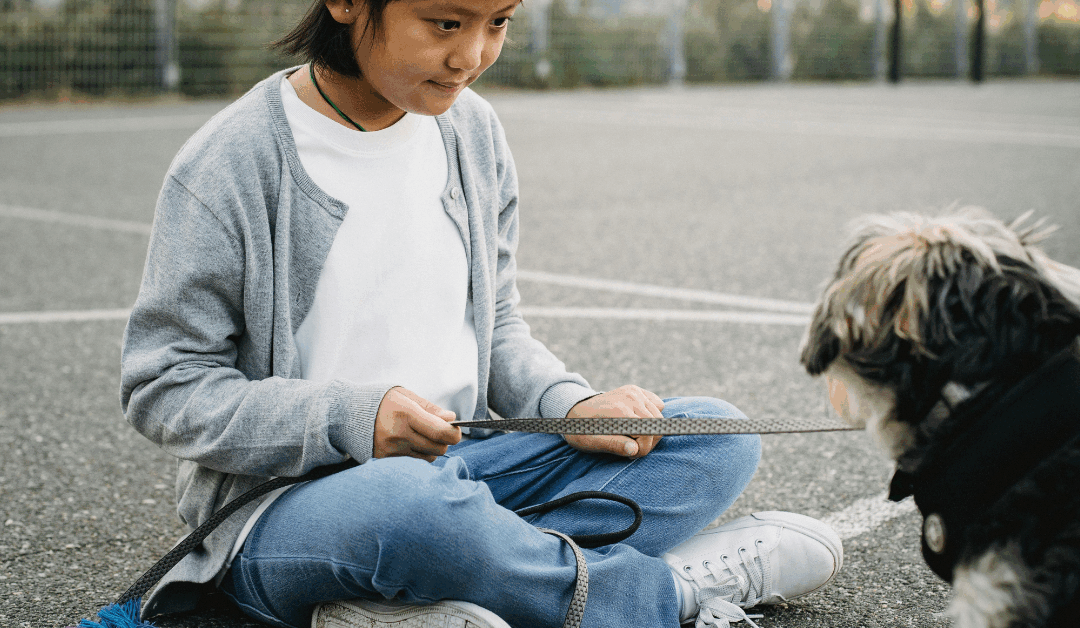Teaching your canine companion basic commands isn’t just about showing off at the dog park—it’s about building a foundation of communication that keeps your dog safe, happy, and well-behaved. Whether you’ve just welcomed a new puppy into your home or you’re working with an older dog who needs a refresher, mastering essential dog training commands will strengthen your bond and make daily life much smoother.
Most dogs are eager to learn and please their owners, making the training process rewarding for both of you. The key lies in understanding how dogs learn best: through consistent balanced reinforcement methods, clear communication, and patience. With the right approach, even the most stubborn pup can master these fundamental skills.
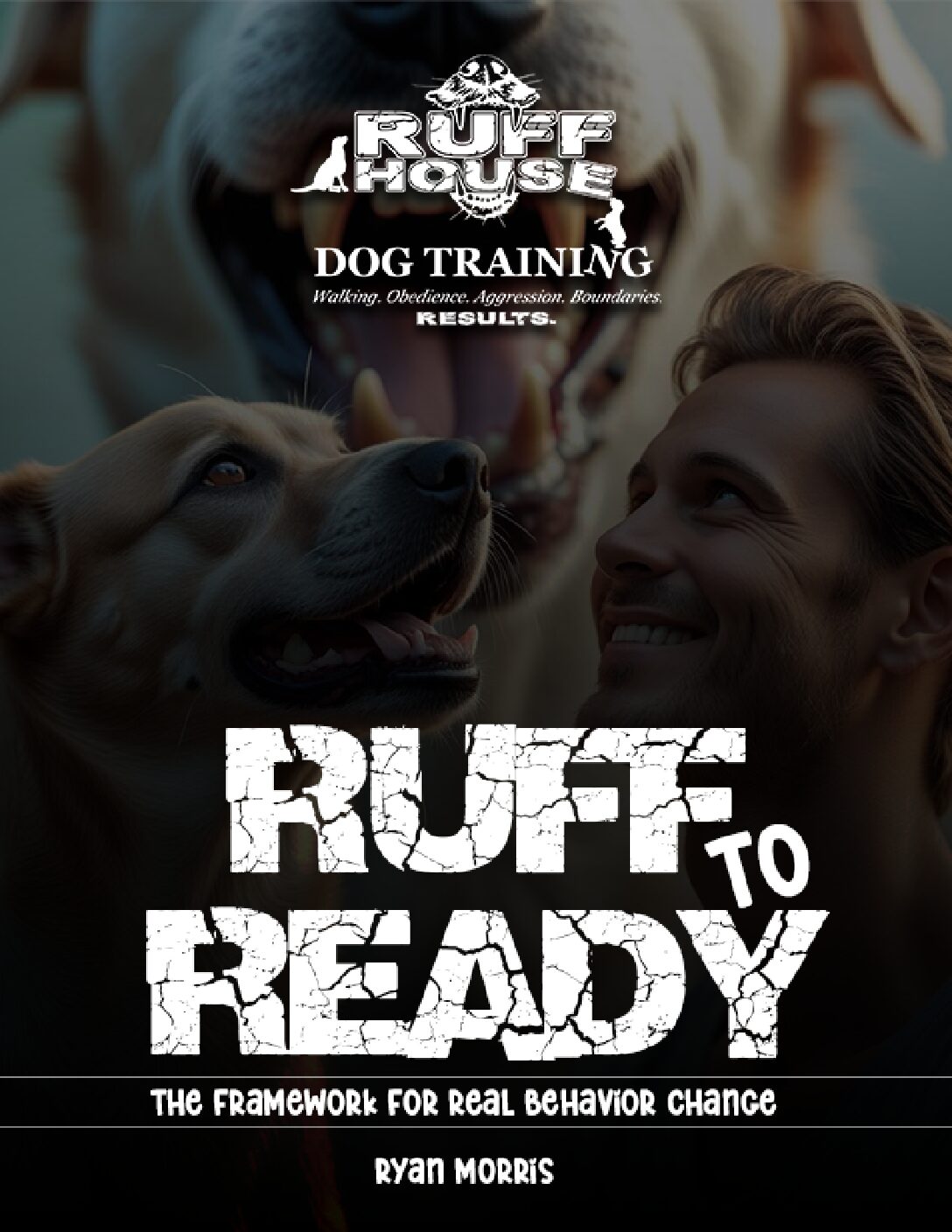
Unlock Real Behavior Change – Download Your Free Guide Now
"*" indicates required fields
This guide will walk you through the most important basic dog commands, show you how to teach them effectively, and provide tips for overcoming common training challenges. By the end, you’ll have all the tools you need to begin training your dog with confidence.
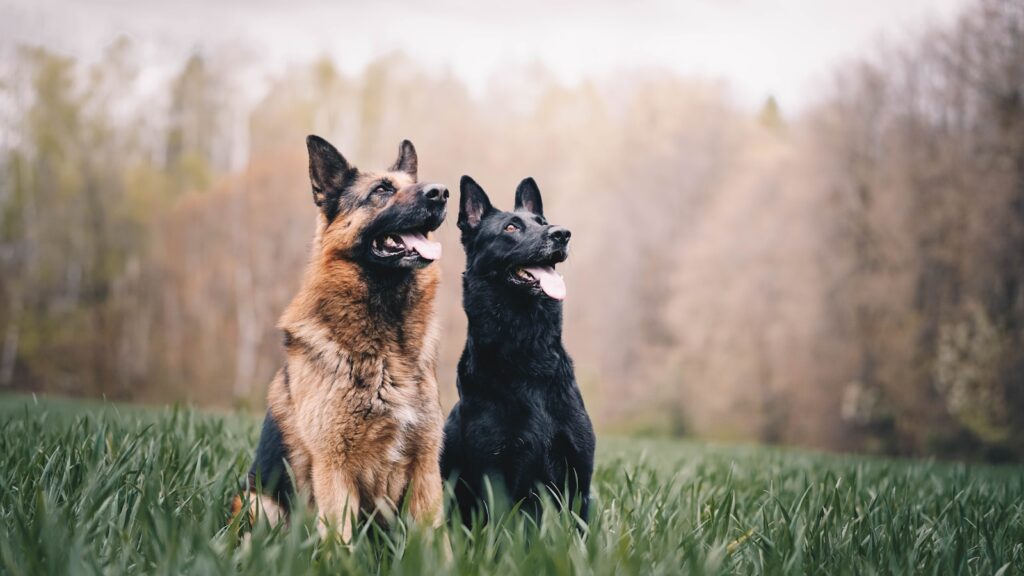
Photo by Anna Dudkova on Unsplash
Why Basic Dog Commands Matter
Dog training commands serve multiple purposes beyond simple obedience. They provide mental stimulation that many dogs crave, establish clear boundaries, and create a common language between you and your pet. When your dog understands basic commands, they’re less likely to develop problematic behaviors like excessive barking, jumping on visitors, or pulling during walks.
From a safety perspective, commands like “stay” and “come” can literally save your dog’s life. A dog who reliably responds to these cues won’t run into traffic or approach dangerous situations. Dog training also builds your dog’s confidence and gives them structure, which most dogs find comforting.
The training process itself strengthens the bond between you and your canine companion. Dogs are pack animals who naturally look for leadership, and consistent training establishes you as a reliable leader they can trust.
Setting Up for Training Success
Before diving into specific commands, create an environment that sets both you and your dog up for success. Choose a quiet area in your home with minimal distractions for initial training sessions. Keep training sessions short—most dogs learn best in 5-10 minute sessions rather than lengthy training marathons.
Small, soft treats work best since your dog can eat them quickly without losing focus. Many trainers recommend using whatever your dog’s favorite toys or treats happen to be, as this increases motivation. Save the higher value treats for complex commands. We don’t want them to lose value due to them being given in abundance.
Timing is crucial in dog behavior training. Give them a treat immediately when your dog performs the desired behavior, paired with enthusiastic praise. This reinforcement helps your dog understand exactly which action earned the reward.

Photo by Anna Dudkova on Unsplash
Popular Dog Training Treats and Products
When training your dog, using the right treats and tools can make a big difference in helping your pet learn effectively. Here are some top dog training treats and products that may help you with your dog training journey.
Zuke’s Mini Naturals Training Treats
Perfect for training sessions, these treats are small, soft, and available in various flavors like chicken and peanut butter.
Blue Buffalo Blue Bits Training Treats
These soft, moist treats are packed with flavor and made with high-quality ingredients to maintain your dog’s health as they learn.
Ideal for puppies, these tasty bites are enriched with DHA and omega-3 for healthy brain development alongside training.
This convenient training accessory allows you to carry and quickly access treats during training sessions while staying hands-free.
Redbarn Protein Puffs for Dogs
These light and crunchy treats are made with high-protein, low-calorie ingredients, perfect for rewarding good behavior.
This versatile product doubles as a treat dispenser and a training tool, encouraging your dog to stay engaged and focused.
Bil-Jac Little Jacs Training Treats
Specially designed for small dogs and training purposes, these treats are soft, bite-sized, and loaded with tasty chicken liver.
Using these trusted products, you’ll have all the tools you need to create an enjoyable and rewarding training experience for you and your dog!

Balanced Training Methods At Ruff House Dog Training
Balanced training methods used at Ruff House Dog Training combine the use of positive reinforcement with fair corrections to guide a dog’s behavior effectively. This approach aims to teach commands and establish boundaries by rewarding desired behaviors while addressing undesirable ones appropriately. Positive reinforcement, such as treats, praise, or play, motivates dogs to repeat good behavior, while corrections—used sparingly and fairly—help communicate which actions are not acceptable.
Ryan, the owner of Ruff House Dog Training, acknowledges that each dog is unique, and different temperaments may require different approaches. We focus on clear communication and building mutual understanding between the dog and the owner. Importantly, corrections in balanced training are never harsh or abusive but are used as a way to interrupt bad habits and redirect the dog. When applied consistently and humanely as it is at Ruff House, we believe balanced training can create a well-mannered, happy, and confident companion.
Ryan at Ruff House Training strives not just to educate your canine, but you, the owner. With his newly released E-Book: ‘Ruff to Ready’, you can rest assured that you can continue the training beyond Ruff House Dog Training.
Ruff To Ready Online Video Course
‘Ruff To Ready’ online course is offered by Ryan, the head trainer at Ruff House Dog Training. This course will assist you in creating a better relationship with your dog. ‘Ruff To Ready’ online course can also assist in developing a more composed and attentive dog by fostering communication, leadership, and structure. See actual tactics employed with hundreds of clients and discover how to change your approach to change your dog’s behavior.
Whether the problem is puppy biting, crate whining, accidents in the toilet, or just plain pandemonium, this course equips you with the skills to resolve it and the self-assurance to take charge.
Ruff House Training Obedience Video Course | Coming Soon!
Is your dog barking, nipping with sharp puppy teeth, chewing shoes, and using the restroom indoors?
With their upcoming online course on obedience, Ruff House Dog Training offers the solution. One of the most crucial things you can do is to build a relationship with your dog, as this will aid in teaching commands and reliability. It will guarantee happiness and delight for a lifetime. You will learn how to communicate effectively with your dog in addition to basic obedience commands. You will discover how to play with your dog and provide them mental and physical stimulation.
The “Sit” Command
Sit is typically the first command most dogs learn because it’s natural and relatively easy to teach. Start with your dog in a standing position, holding a treat close to their dog’s nose. Slowly bring the treat up and back over their dog’s head—most dogs will naturally move into the sitting position as they follow the food lure. It’s important that the dog understand the hand gesture BEFORE adding a verbal cue. This holds true for all commands.
The moment your dog’s bottom touches the floor, give heavy praise and give a treat. Practice this several times per training session, adding the verbal command as the dog begins to understand the gesture. Slowly remove the gesture while giving the command until you are able to give the command without gestures.
Once your dog consistently responds to the verbal cue, you can begin training them to sit in different locations and situations. The sitting position becomes the foundation for many other commands, so take time to make this one solid.
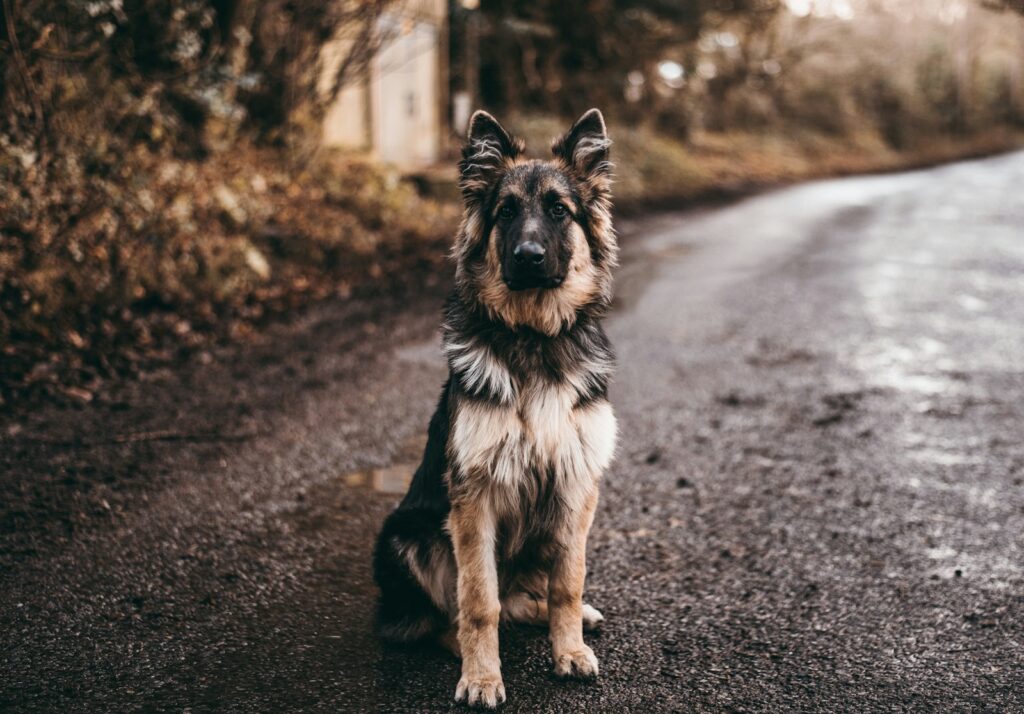
Photo by Marcus Cramer on Unsplash
The “Stay” Command
Teaching your dog to stay in the desired position requires patience but pays enormous dividends for your dog’s safety and your peace of mind. I don’t believe in the “stay” command per se. I believe the dog should remain in whichever position until released. If you have the dog sitting, provide calm, nonchalant praise accompanied with a treat to let the dog know to continue the position until released.
Start with very short durations—just a second or two—and gradually increase the time and distance as your dog masters each level.
This can aid with impulse control and can prevent your dog from bolting out doors, jumping on visitors, or getting into dangerous situations. Practice in different locations once your dog reliably stays in your quiet training area.
The “Come” Command
A reliable recall is one of the most important commands for your dog’s safety, but it can also be one of the trickiest to master. Start practicing in a secure, enclosed area where your dog can’t get into trouble if they don’t respond immediately.
Start with the dog leashed and say whatever you’d like your recall command to be and give the leash a yank and begin backing away from the dog. This should prompt the dog to almost chase you as you create a sense of running away from the dog. When he gets to you, reward with praise and a treat or two.
Never call your dog to come for something they perceive as negative, like ending playtime or giving them a bath. This creates negative associations with the command. Instead, go get your dog when you need to do something they might not enjoy.
Practice the come command at longer distances as your dog improves, but always set them up for success. If you’re not confident they’ll respond, don’t use the command—instead, go get them or wait for a better training opportunity.
The “Down” Command
The down position is a submissive posture that some dogs find challenging, but it’s incredibly useful for managing your dog in various situations. Start with your dog in the sitting position, then hold a treat close to their dog’s nose and slowly bring it down to the floor between their front paws.
Most dogs will follow the treat with their head, and as their dog’s head goes down, their body often follows. The moment they’re in the down position, say “down,” give them the treat, and praise enthusiastically. Some dogs may need gentle guidance or additional encouragement to get into position initially.
Once your dog understands the basic down command, you can combine it with stay to create a very powerful management tool. A dog in the down-stay position can remain calm during meals, when visitors arrive, or in other potentially exciting situations.
Teaching “Heel” for Loose Leash Walking
Dog loose leash walking makes outings enjoyable for both you and your dog. The heel command teaches your dog to walk beside you, typically on your left side, without pulling or lagging behind.
Start indoors or in a quiet outdoor area. Hold treats at your side and begin to walk forward slowly. When your dog is in the correct heel position (beside your leg), say “heel” and give them a treat. Stop moving if your dog pulls ahead or lags behind, only continuing when they return to the proper position.
Keep initial training sessions short since heel requires significant concentration from your dog. Gradually increase the duration and add gentle distractions as your dog improves. Remember that teaching your dog to heel takes time and consistency, so be patient with the process.
Using Hand Signals Effectively
Dog training hand signals can be incredibly useful, especially for deaf dogs or situations where verbal commands aren’t practical. Many dogs actually respond more quickly to visual cues than verbal ones, since they’re naturally attuned to body language.
The gestures should be the first method of teaching commands as explained in the “sit” portion above. Before words, come gestures (hand and arm signals). Once we are comfortable with the dog understanding those, then we can add words.
Managing Common Training Challenges
Every dog learns at their own pace, and you’ll likely encounter some challenges along the way. If your dog seems distracted during training sessions, try shorter sessions, higher value treats, or a quieter training environment.
Dogs who are barking excessively during training may be overstimulated. Take a break and resume when they’re calmer. For dogs who lose interest quickly, make sure you’re using rewards they truly find motivating—not all dogs are food motivated, so experiment with toys, praise, or play as rewards.
Consistency is crucial for success. Use the same word for each command every time, and ensure all family members are using identical cues. Mixed signals confuse dogs and slow the training process significantly.
Building on Basic Commands
Once your dog has mastered these fundamental commands, you can begin training more advanced behaviors. Commands like “wait” at doorways, “quiet” to stop barking, or “leave it” to ignore tempting items all build on the foundation you’ve established.
The key principle remains the same: break complex behaviors into small steps, use balanced reinforcement consistently, and practice regularly. Most dogs thrive on learning new things, so continuing their education keeps them mentally stimulated and engaged.
Remember that training is an ongoing process, not a one-time event. Regular practice sessions, even just a few minutes daily, help maintain your dog’s skills and can be a fun bonding activity for both of you.

Photo by RDNE Stock project on Pexels
Creating Lifelong Learning Habits
Dog training commands are just the beginning of a lifelong journey with your canine companion. The communication skills, trust, and mutual respect you build during basic training create the foundation for a harmonious relationship that will last for years.
Stay patient, celebrate small victories, and remember that every dog learns at their own pace. With consistency, balanced reinforcement, and plenty of practice, your dog will master these essential commands and be well on their way to becoming the well-behaved companion you’ve always wanted.
The investment you make in training now will pay dividends in the form of a calmer, safer, and more enjoyable relationship with your dog. Start with these basics, be consistent, and watch as your furry friend transforms into a well-trained member of your family.
